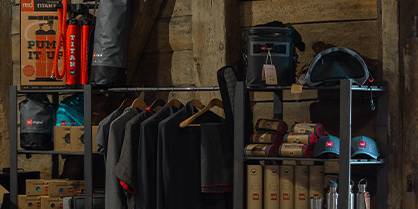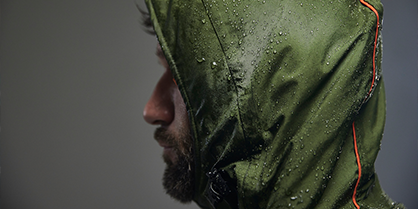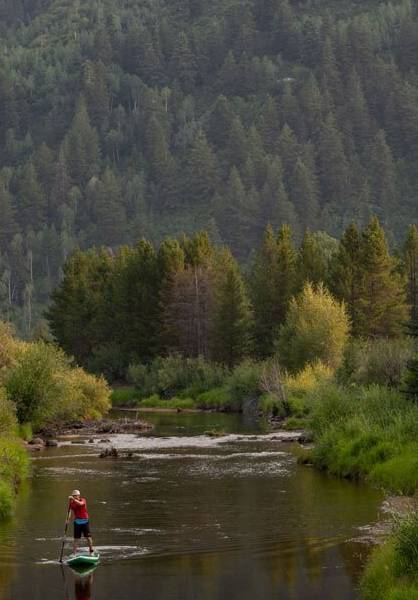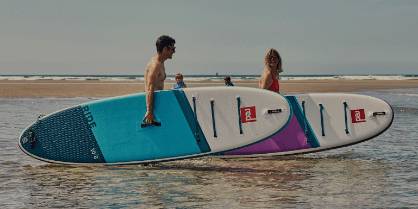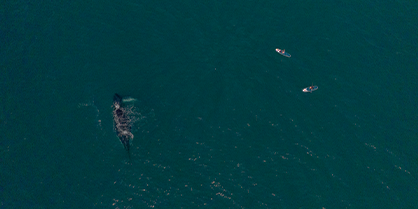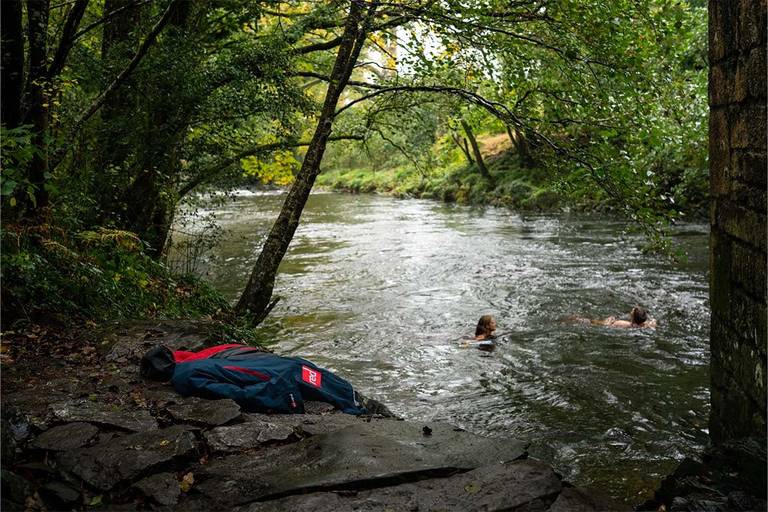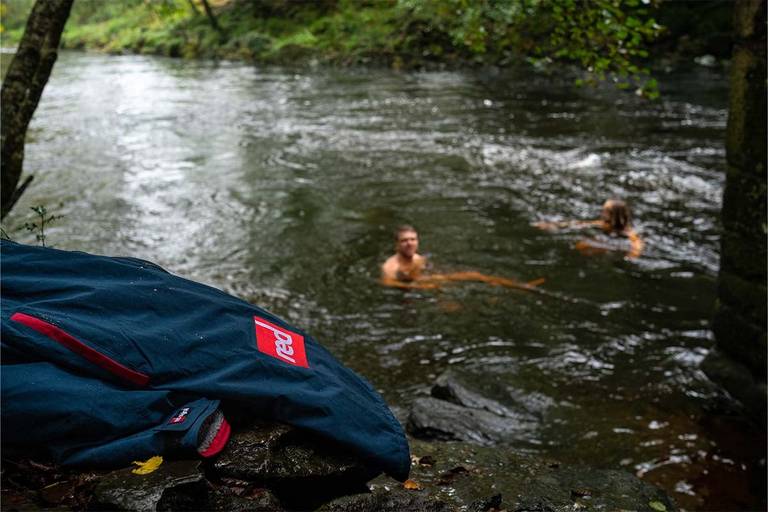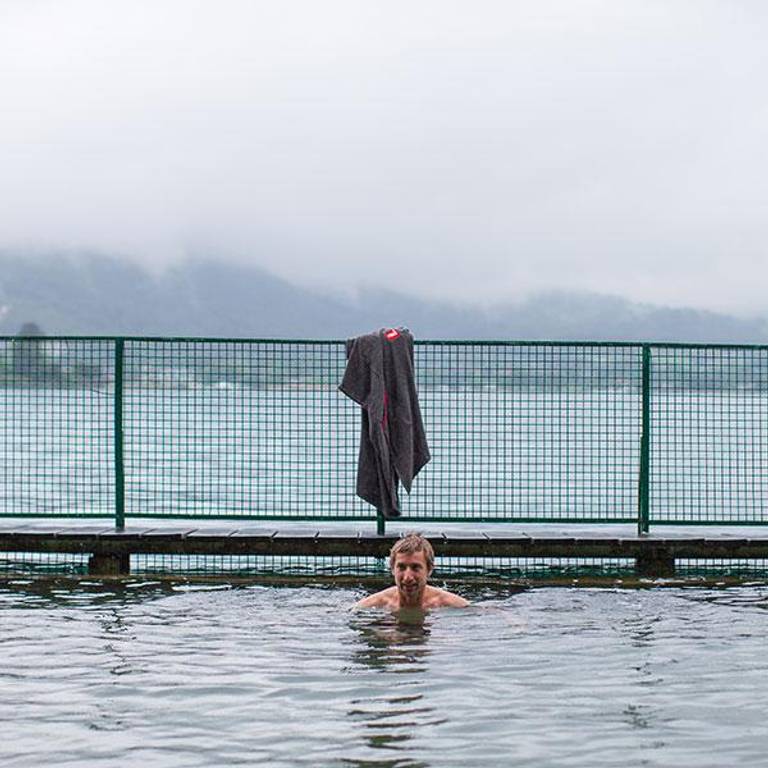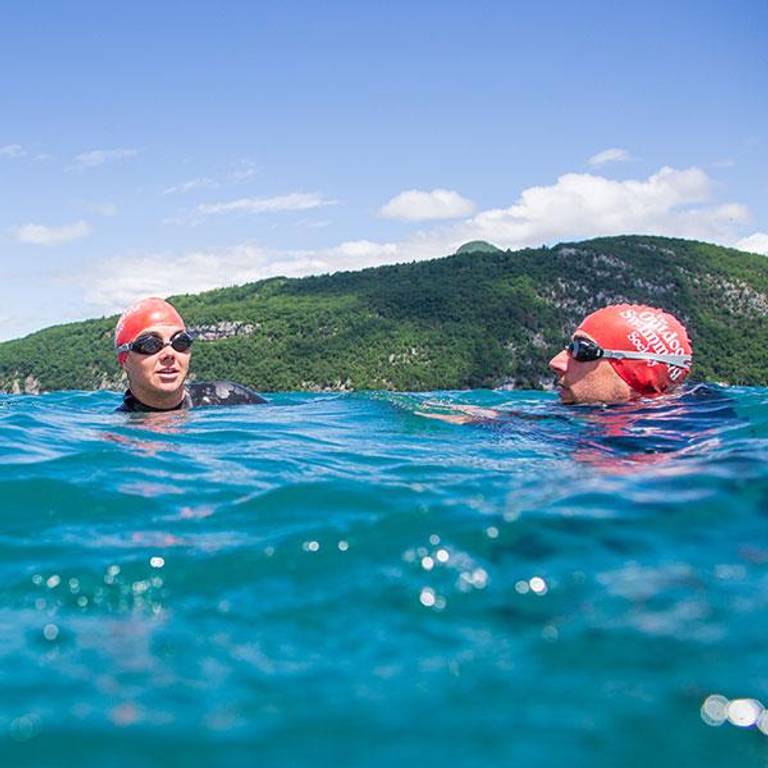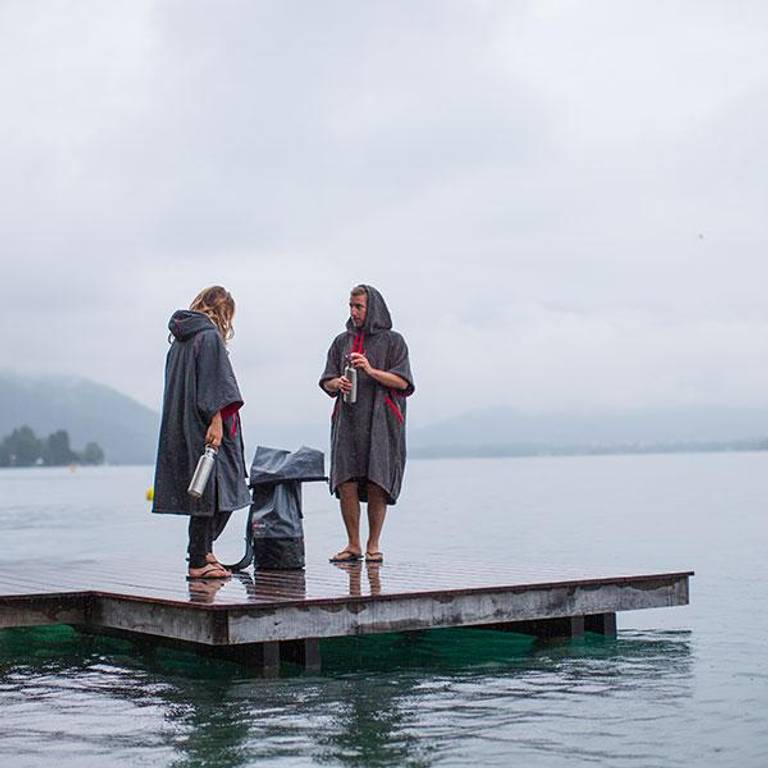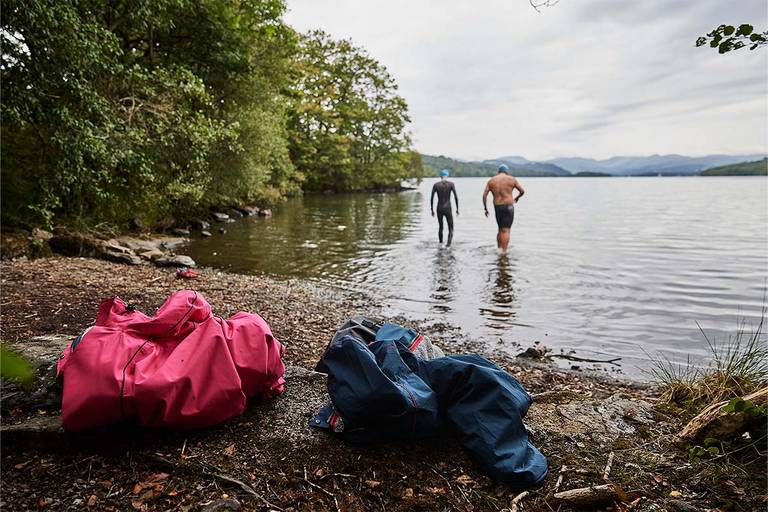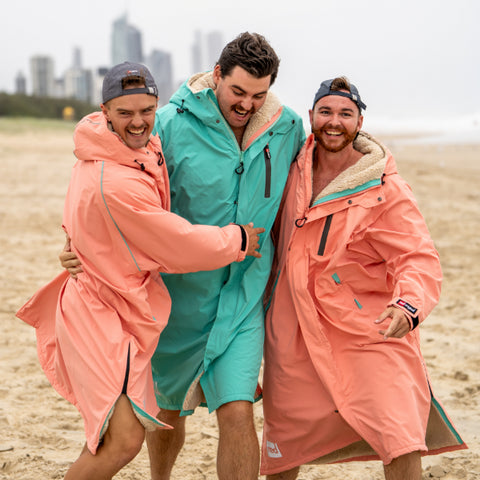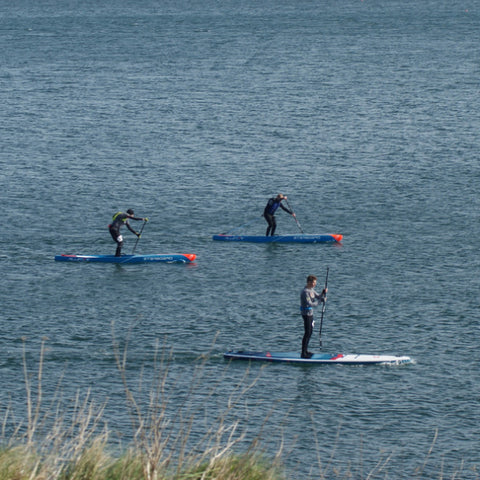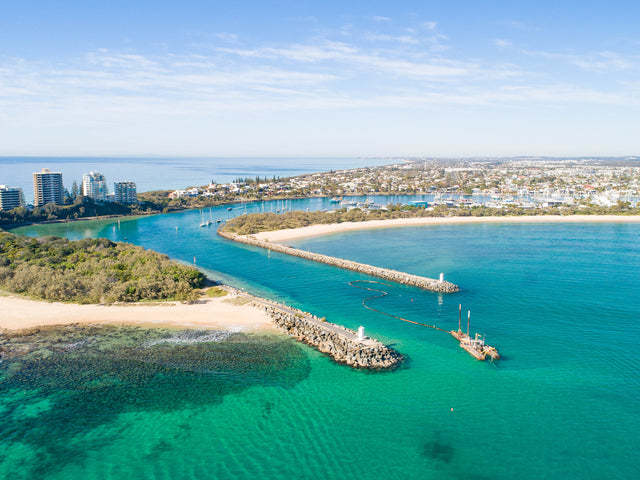
Swimming in lakes and rivers is great fun, but it can also be hazardous, particularly during the winter when the weather can create more dangerous conditions. That’s why it’s so important to follow winter water safety guidelines when swimming in lakes or rivers during the colder months. Make your next swim enjoyable and safe by following these essential winter water safety tips:
River Swimming Safety
Check the weather: Before you head out, make sure to check the weather. Heavy rain and wind can cause rivers to become unpredictable, whilst high winds and storms can cause hazardous debris to build up beneath the surface. Checking the weather is important at any time of the year, however particularly for winter water safety, when conditions can be more adverse. If you see any signs of thunder, exit the water immediately.
Check the flow & depth: Before you go river swimming, it’s important to choose your location carefully. Regardless of your swimming experience, you should always avoid swimming in rivers that have a fast flow. It’s also essential to check the depth before you enter the water. Even rivers which look shallow can drop off suddenly. If you are planning on getting out at the same point that you get in make sure you swim upstream first so you can swim with the flow on the way back and have less energy.
Swim with a mate: Wherever you go open water swimming, you should always swim with a mate. This is an essential winter water safety tip that means you can look out for each other and call for help if necessary.
Bring a phone: Carry your mobile in our waterproof dry pouch that attaches around your waist or fits neatly inside a tow float, so that you can call for help in the event of an emergency. You should also tell someone on land where you are going and when you intend to be back, so that they can raise the alarm if necessary.
Have an exit plan: One of the most important winter water safety tips for swimming in rivers is to ensure that you always have an exit plan. This is essential in case conditions change suddenly, or you find yourself injured or exhausted and need to exit the water quickly. Make sure that the exit point isn’t too steep so that you can get out, even if you’re exhausted.
Be aware of boat traffic: Many rivers are used by boats, and so bear this in mind when choosing a river to swim in. It can be very hard for boats to spot swimmers and so you should always avoid swimming in rivers with boat traffic as this can be very dangerous.
Avoid weirs, locks, pipes and sluices: These water features are often linked with strong currents and so you should always avoid swimming near any of these hazards when choosing your location.
Avoid waterfalls: As tranquil as they might look, waterfalls can create strong currents that can quickly sweep you downstream. Never swim near waterfalls, and instead carry on enjoying them from a distance.
Don’t jump or dive: Even if the water looks deep, you should never jump or dive in. There can be unseen hazards under the water, such as rocks and debris, that you could seriously injure yourself on.
Check for cleanliness: When choosing a safe river to swim in, cleanliness is another important factor to consider. Avoid swimming after heavy rainfall as heavy rain can cause sewers to discharge, polluting the water. You should also make sure to cover any cuts, and never swim in stagnant water. You can catch diseases from unclean rivers such as Weil’s disease.
Be aware of cold water shock: An essential aspect of any winter water safety is preventing cold water shock. Enter the water slowly in order to give your body time to acclimatise. Splashing cold water on your neck and face can help you to acclimatise, and try to avoid holding your breath for an extended period of time when you first enter the water.
Wear the correct safety gear: Wearing the correct gear plays a crucial role in winter water safety. During the winter, you should wear a wetsuit with wetsuit boots and a 50N buoyancy aid as a minimum requirement. You may also choose to wear a brightly coloured swimming cap to make you more visible in the water.
Warm up: Looking after yourself once you’ve exited the water, is another essential aspect of winter water safety. When you come out of the water you want to dry off quickly without warming up your body too quickly. Made using a moisture-wicking fleece lining, our Pro Change Robe EVO is perfect for drying you off and keeping you warm after a cold water swim in the river.
Lake Swimming
Choose your location carefully: Look to see where other people swim regularly and assess the water for potential hazards. Does it look clean? How does the depth look? Are there any hazards you can spot? Where possible, it’s always safest to swim in lakes where there is a lifeguard on duty.
Check the weather forecast: Another essential winter water safety tip for lake swimming is to check the weather conditions in detail. In particular, keep an eye on strong winds which can change the water conditions rapidly. As with river swimming, if you see any signs of thunder or lightning, exit the water immediately.
Don’t dive: Shallow water, submerged rocks and trees are all potential hazards that can cause injury if you dive into the water, which is why it should always be avoided.
Never swim alone: Swimming with a buddy is a golden rule for winter water safety. It’s much safer than swimming alone and a lot more enjoyable.
Look out for boat traffic: Recreational lakes are often used for watersports so be conscious of other watercraft such as kayaks and sailing boats.
Acclimatise: One of the biggest threats to winter water safety is cold water shock. In order to prevent cold water shock, enter the water slowly to give your body time to acclimatise. It helps to splash water on your neck and face, and avoid holding your breath for a long period of time when you initially enter the water.
Get the right gear: As with river swimming, we would always recommend wearing a wetsuit and wetsuit boots during the winter to protect your feet from the cold as well as unseen hazards, such as sharp rocks. As a minimum requirement, wear a 50N buoyancy aid and a brightly coloured swimming cap to make yourself visible.
Bring a phone: Carry your phone in our waterproof dry pouch, in case of emergencies. This is especially important if you are swimming in a lake that is not lifeguarded, where you will need to call for help yourself in the event of an emergency.
Avoid stagnant water: When choosing a lake to swim in, cleanliness is a big priority. One of the main risks of swimming in unclean water is Weil’s disease. So as we mentioned when discussing winter water safety for swimming in rivers, always make sure to keep cuts covered and avoid swimming after heavy rainfall.
Get yourself warm: Make sure to dry off and warm yourself up after you’ve exited the water. As we mentioned earlier, our waterproof changing robes are perfect for throwing on after a cold water swim, with the moisture-wicking fleece lining keeping you dry and warm.

